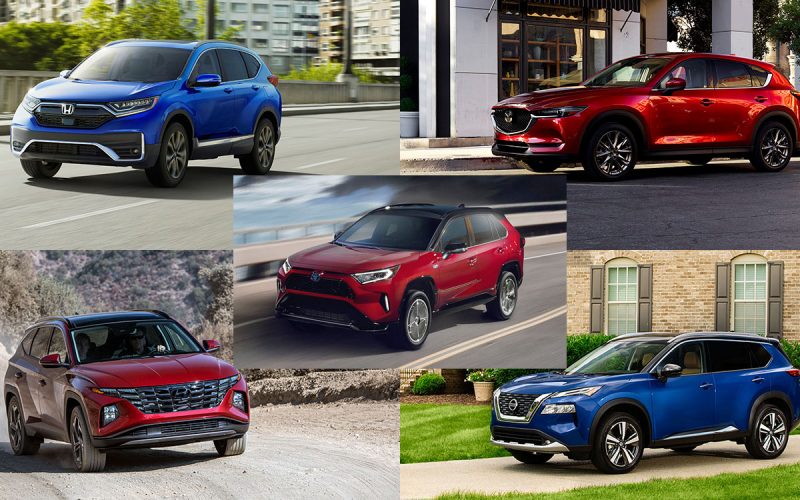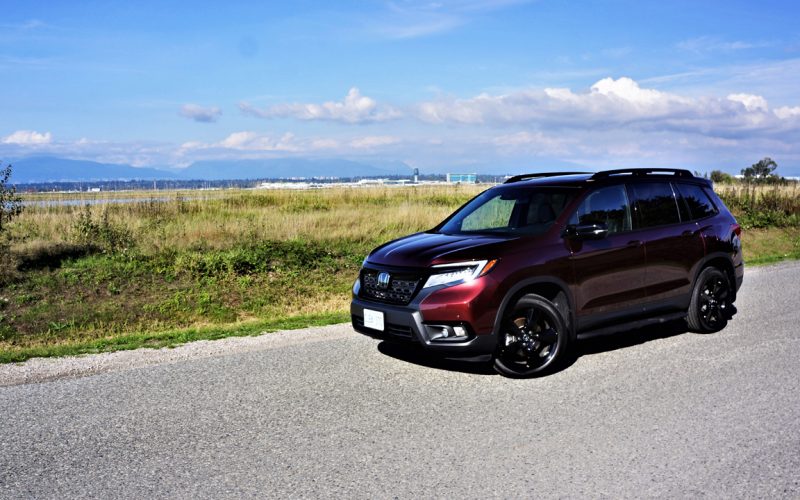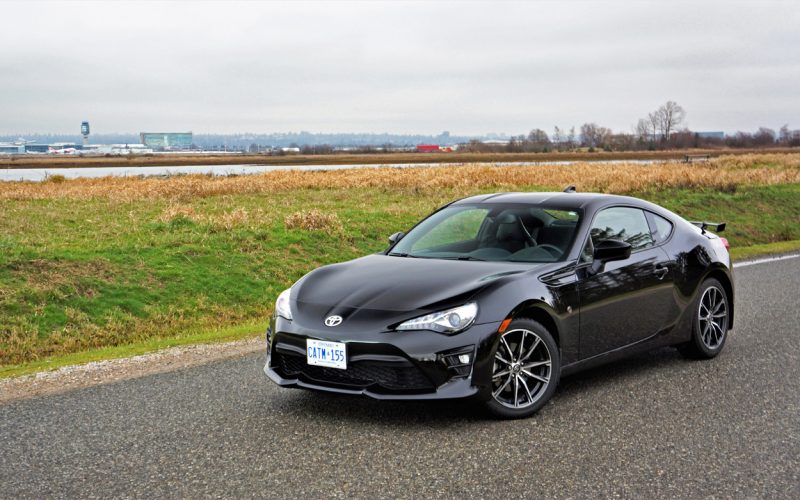
Reading Time: 12 minutesThere’s no hotter segment in today’s car market than the compact crossover SUV. Having started in

Reading Time: 16 minutesWith five-passenger crossovers regularly at the top of the mid-size SUV sales charts in North America,

Reading Time: 11 minutesHold on. Subaru’s BRZ now outsells the Scion FR-S… er… the Toyota 86 by 2.5-to-one? What’s
© 2025 The Car Magazine. All Rights Reserved, Privacy Policy | Terms of Use